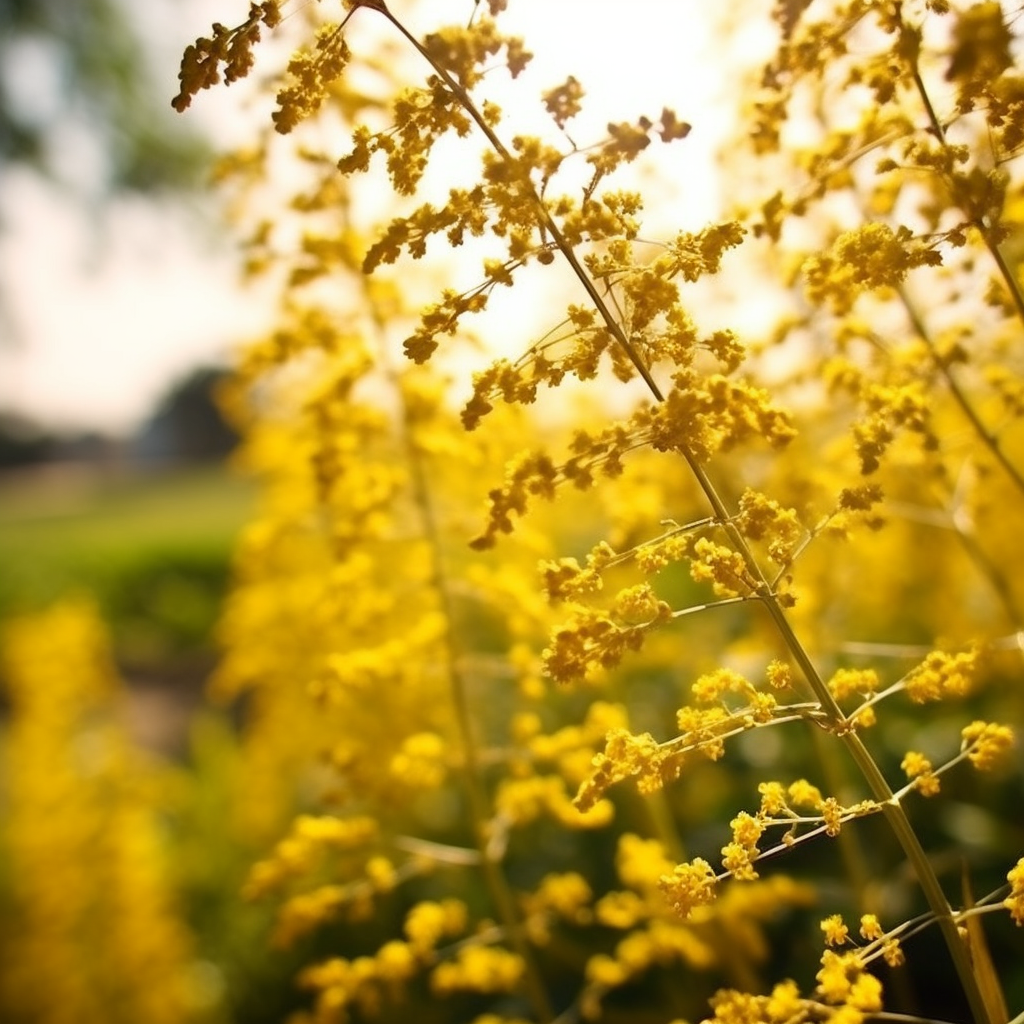Story of Day :
Contents
Mustard Seed Plant: Complete Guide and Care Tips
Introduction
Gardening is an art that requires patience, hard work, and dedication. It brings immense joy to see plants grow from tiny seeds into lush greenery. Mustard seed plant is one such plant with a unique pungent flavor that adds depth to any dish it is added to.
What are Mustard Seeds?
Mustard seeds come from the mustard plant (Brassica juncea) which belongs to the Brassicaceae family, commonly known as the cabbage family. The mustard plant has bright yellow flowers with four petals and produces small round or oval-shaped seeds inside pods.
- The three main types of mustard plants are black, brown, and white.
- Black mustard seed is native to Europe but now cultivated extensively in North America.
- Brown mustard seed originated in India but now grown commercially in Canada and the United States.
- White mustard seed comes from a Mediterranean region but now grown worldwide.

Care Tips for Mustard Seed Plant:
Selecting the Right Soil:
The soil should be well-drained with a pH between 6.5-7.5. The soil should be fertile with high organic matter content for better growth of plants.
Sowing Seeds:

- To sow seeds indoors:
- You can start sowing seeds indoors 4-6 weeks before your last frost date by planting them ¼ inch deep into potting mix soil.
- The temperature range should be between 60°F-70°F until germination occurs which takes about 5-7 days.
- Once the seedlings are about 2-3 inches tall, you can transplant them outside into your garden bed or containers.
- To sow seeds outdoors:
- You can start sowing seeds directly into the soil in early spring, about 1/4 inch deep, and spaced apart by 6 inches.
- The temperature should be around 60°F for germination to occur which takes around a week or two.
Watering:
Mustard plants require regular watering at least once a week. The soil should not dry out completely as it may cause stress to the plant. Overwatering must also be avoided as it may lead to root rotting.

Fertilizing:
Use organic fertilizers like compost tea or manure tea once every three weeks during the growing season. Mustard plants do not require much fertilizer as they grow well in nutrient-rich soil.
Harvesting Mustard Seeds
The mustard plant grows up to a height of two feet and is ready for harvesting when the pods turn brown and start to crack open exposing dark-colored round seeds inside.
The best time to harvest is in late summer when most of the pods have turned brown and dried up.
To harvest:
- Cut off mature stems gently with scissors or garden shears just below pods where they meet leaves

Tips for Cooking with Mustard Seeds
- To use whole mustard seeds:
- Add whole mustard seeds while tempering spices before adding vegetables for added flavor; this makes food tastier and more aromatic.
- Whole mustard seeds can be used in pickling spices for added tanginess.
- To use ground mustard:
- Mix dry or wet ground mustard to any marinade, rubs, or sauces to add zing to your food.
- Ground mustard is a traditional ingredient in many salad dressings and vinaigrettes.
Conclusion
Caring for Mustard seed plant is easy with the right soil conditions and proper sowing methods. Regular watering and fertilization lead to healthy growth of plants.
With its unique pungent flavor, mustard seeds make a great addition to many dishes while providing numerous health benefits as well. We hope this complete guide on Mustard Seed Plant has been informative and helps you grow them successfully!
